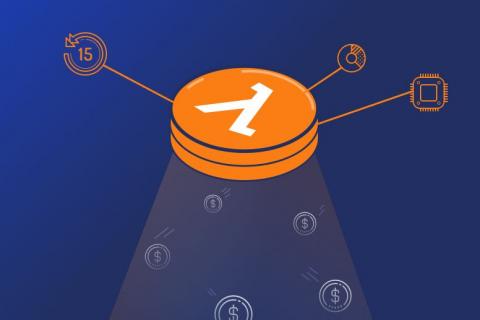Operations | Monitoring | ITSM | DevOps | Cloud
Lumigo
Choosing the right event-routing service for serverless: EventBridge, SNS, or SQS
Serverless is synonymous with Event-Driven Architecture, where Events are a fundamental block of information that is passed around to execute certain application logic. It is very important that events are delivered to the right destination with expected behavior to make sure the whole serverless application works as one. Events are relayed from one place to another through communication services, either in sequence or in parallel.
Managing Serverless Flows with AWS Step Functions
This blog post was written jointly by the teams at Lumigo and Cloudway. It’s a step-by-step guide to AWS Step Functions workflows with full monitoring and troubleshooting capabilities. We will use the “right to be forgotten” GDPR workflow as an example application.
Package your Lambda function as a container image
Today, AWS announced another major feature to the Lambda platform: the option to package your code and dependencies as container images. The advantage of this capability is that it makes it easier for enterprise users to use a consistent set of tools for security scanning, code signing, and more. It also raises the maximum code package size for a function to a whopping 10GB.
How to Optimize AWS Lambda Costs
Serverless is a great way to reduce the cost of running applications. Lambda functions, by nature, make it very easy to use the exact amount of resources we need at any given point. In this post, we deep dive into Lambda costs, how they are calculated, and explore how to optimize them. Lambda costs are calculated from two parameters (all prices are for AWS N.Virginia, US-EAST-1).
Lambda Logs API: a new way to process Lambda logs in real-time
AWS released Lambda Extensions just over a month ago, and we explained what they are and why they matter. Today, AWS has announced AWS Lambda Logs API, a way for extensions to subscribe to and process Lambda logs in real-time.











